Opinion & Analysis
Wishon: The best way to fit lie angle
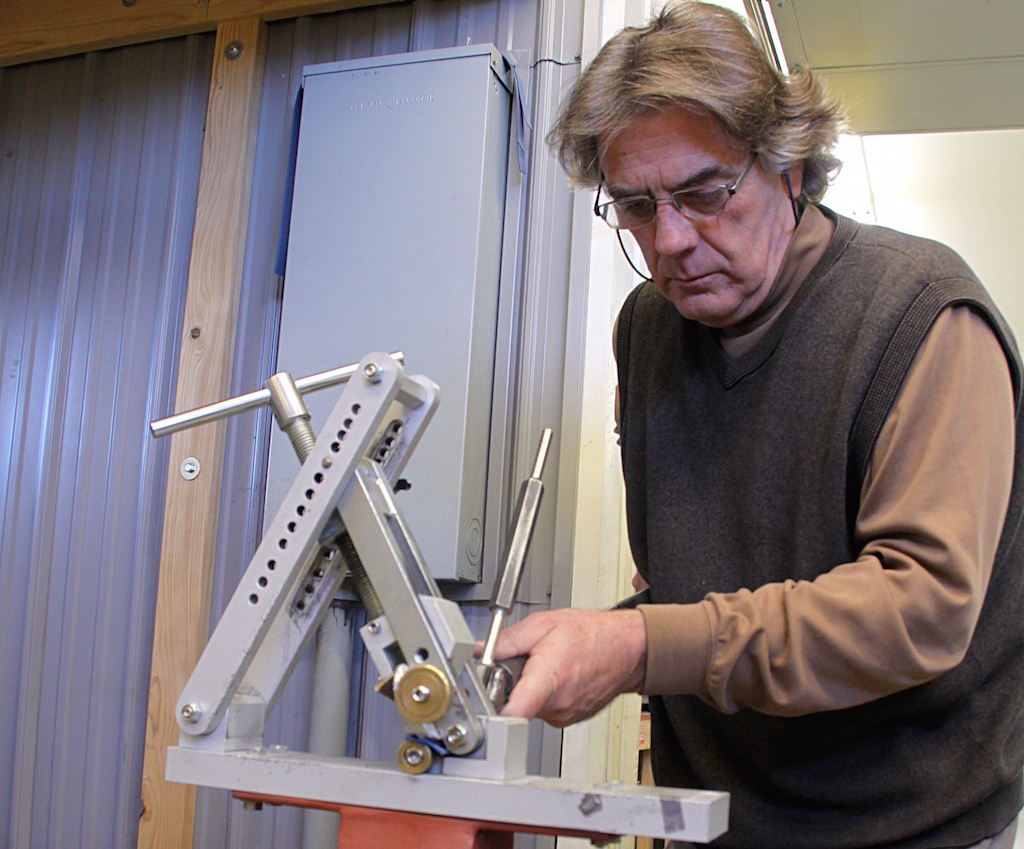
The higher the loft on the clubhead, the more critical it is to be dynamically fit for the correct lie angle. It is also important, however, to have the lie correctly fit for the fairway woods and hybrids to ensure solid impact consistency.
For the driver, lie angle is less of an accuracy issue due to its lower loft, but if the toe of the driver is severely up in the air in the address position — due to how the length chosen affects the set up of the lie for the golfer — the driver lie should definitely be fit to the golfer if for no other reason than confidence and psychological reasons.
Recent studies and observations have shown that the technique where an ink line is drawn on the back of the ball is better for dynamic lie fitting than using a lie board with tape on the sole of the iron. Plus the ink-line technique can also be done while hitting shots from normal mown grass lies so as to avoid having to hit the club down into a hard surface lie board, a practice which does bother some golfers and cause them to possibly swing differently than they do when hitting shots off grass.
The ink line on the back of the ball technique for dynamic lie fitting is simple and logical. A heavy ink line is drawn on the ball with a Sharpie pen. The ball is placed on the ground with the line vertical and facing the clubhead. After impact, a faint image of the ink line is transferred to the clubface. If the line is perfectly vertical on the clubface, the lie of the club is correct for the golfer. If the ink line tilts in an angle up toward the toe side of the face, the lie of the club that was hit is too upright so the correct lie has to be flatter than the lie of the club being hit. Vice versa — if the ink line angles up toward the heel side of the face, the correct lie has to be more upright than the lie of the test club.
In the near future, kits for this technique of dynamic lie fitting will become available that will include face labels with graduated lines to make the determination of the correct lie much easier and more definitive.
For the highest level of accuracy, dynamic lie fitting should be done as the last procedure in the fitting, using a test club(s) that possess every one of the golfer’s determined fitting specs for the clubhead model, length, shaft, swing weight (MOI) and grip size. In lieu of this, a test club for proper dynamic lie evaluation should at least have the length, shaft and swing weight that is found best for the golfer.
In an ideal world, the dynamic lie test should be done with each one of the golfer’s clubs. Obviously, this will take a good bit more time to do. As such, if time becomes an issue, it is OK to perform the dynamic lie test with every other club or even every third club, with the lies of the in-between irons calculated from the actual dynamic lies determined by each test club.
Related
- What length should your clubs be?
- What lofts should your clubs be?
- Face angle is crucial for a proper fitting
- The best way to fit lie angle
- How to choose the right club head design
- Tom Wishon’s keys to set makeup
- Getting the right size grip, time after time
- What shaft weight should you play?
- What swing weight should your clubs be?
- What shaft flex should I use?
This story is part of a 10-part series from Tom Wishon on professional club fitting.
- LIKE344
- LEGIT49
- WOW17
- LOL6
- IDHT3
- FLOP6
- OB4
- SHANK20
19th Hole
Vincenzi’s 2024 Valspar Championship betting preview: Elite ballstrikers to thrive at Copperhead
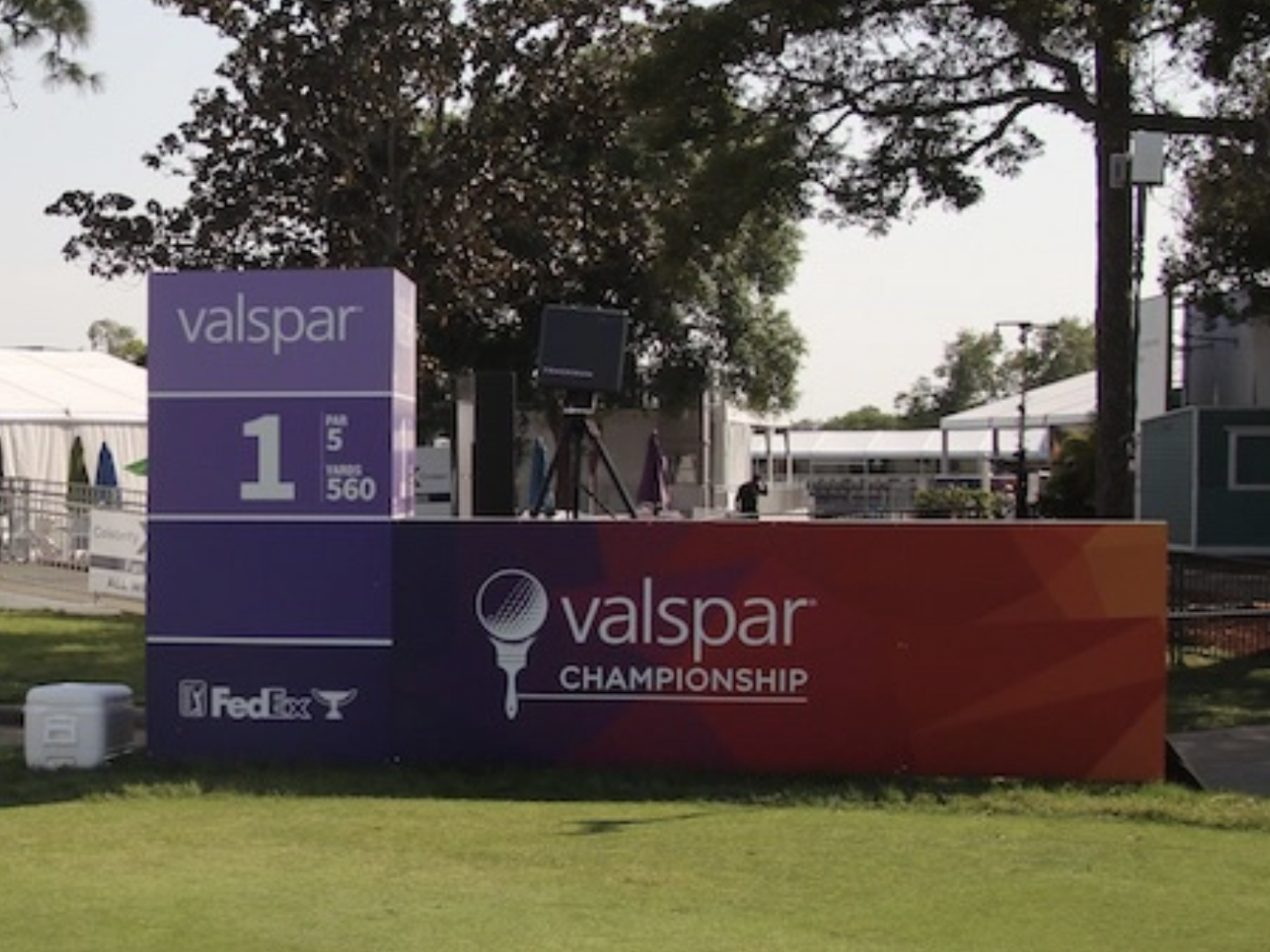
The PGA TOUR will stay in Florida this week for the 2024 Valspar Championship.
The Copperhead Course at Innisbrook Resort is a par 71 measuring 7,340 yards and features Bermudagrass greens overseeded with POA. Infamous for its difficulty, the track will be a tough test for golfers as trouble lurks all over the place. Holes 16, 17 and 18 — also known as the “Snake Pit” — make up one of the toughest three-hole stretches in golf and should lead to a captivating finish on Sunday.
The field is comprised of 156 golfers teeing it up. The field this week is solid and is a major improvement over last year’s field that felt the impact of players skipping due to a handful of “signature events” in a short span of time.
Past Winners at Valspar Championship
- 2023: Taylor Moore (-10)
- 2022: Sam Burns (-17)
- 2021: Sam Burns (-17)
- 2019: Paul Casey (-8)
- 2018: Paul Casey (-10)
- 2017: Adam Hadwin (-14)
- 2016: Charl Schwartzel (-7)
- 2015: Jordan Spieth (-10)
In this article and going forward, I’ll be using the Rabbit Hole by Betsperts Golf data engine to develop my custom model. If you want to build your own model or check out all of the detailed stats, you can sign up using promo code: MATTVIN for 25% off any subscription package (yearly is best value).
Key Stats For Copperhead
1. Strokes Gained: Approach
Strokes Gained: Approach grades out as the most important statistic once again this week. Copperhead really can’t be overpowered and is a second-shot golf course.
Total SG: Approach Over Past 24 Rounds (per round)
- Tony Finau (+.90)
- Nick Taylor (+.81)
- Justin Thomas (+.77)
- Greyson Sigg (+.69)
- Christiaan Bezuidenhout (+.67)
2. Good Drive %
The long hitters can be a bit limited here due to the tree-lined fairways and penal rough. Playing from the fairways will be important, but laying back too far will cause some difficult approaches with firm greens that may not hold shots from long irons.
Golfers who have a good balance of distance and accuracy have the best chance this week.
Good Drive % Over Past 24 Rounds
- Brice Garnett (+91.3%)
- Zach Johnson (+91.1%)
- Sam Ryder (+90.5%)
- Ryan Moore (+90.4%)
- Aaron Rai (+89.7%)
3. Strokes Gained: Ball Striking
Adding ball-striking puts even more of a premium on tee-to-green prowess in the statistical model this week. Golfers who rank highly in ball-striking are in total control of the golf ball which is exceedingly important at Copperhead.
SG: Ball Striking Over Past 24 Rounds:
- Xander Schauffele (+1.32)
- Keith Mitchell (+1.29)
- Tony Finau (+1.24)
- Cameron Young (+1.17)
- Doug Ghim (+.95)
4. Bogey Avoidance
With the conditions likely to be difficult, avoiding bogeys will be crucial this week. In a challenging event like the Valspar, oftentimes the golfer who is best at avoiding mistakes ends up on top.
Gritty golfers who can grind out difficult pars have a much better chance in an event like this than a low-scoring birdie-fest.
Bogey Avoidance Over Past 24 Rounds
- Brice Garnett (+9.0)
- Xander Schauffele (+9.3)
- Austin Cook (+9.7)
- Chesson Hadley (+10.0)
- Greyson Sigg (+10.2)
5. Strokes Gained: Total in Difficult Conditions
Conditions will be tough this week at Copperhead. I am looking for golfers who can rise to the occasion if the course plays as difficult as it has in the past.
Strokes Gained: Total in Difficult Conditions Over Past 24 rounds
- Xander Schauffele (+1,71)
- Min Woo Lee (+1.39)
- Cameron Young (+1.27)
- Jordan Spieth (+1.08)
- Justin Suh (+.94)
6. Course History
That statistic will tell us which players have played well at Copperhead in the past.
Course History Over Past 24 rounds
- Patrick Cantlay (+3.75)
- Sam Burns (+2.49)
- Davis Riley (+2.33)
- Matt NeSmith (+2.22)
- Jordan Spieth (+2.04)
The Valspar Championship Model Rankings
Below, I’ve compiled overall model rankings using a combination of the five key statistical categories previously discussed — SG: Approach (27%), Good Drive % (15%), SG: BS (20%), Bogeys Avoided (13%), Course History (13%) Strokes Gained: Total in Difficult Conditions (12%).
- Xander Schauffele
- Doug Ghim
- Victor Perez
- Greyson Sigg
- Ryan Moore
- Tony Finau
- Justin Thomas
- Sam Ryder
- Sam Burns
- Lucas Glover
2024 Valspar Championship Picks
Justin Thomas +1400 (DraftKings)
Justin Thomas will be disappointed with his finish at last week’s PLAYERS Championship, as the past champion missed the cut despite being in some decent form heading into the event. Despite the missed cut, JT hit the ball really well. In his two rounds, the two-time major champion led the field in Strokes Gained: Approach per round.
Thomas has been up and down this season. He’s missed the cut in two “signature events” but also has finishes of T12 at the Arnold Palmer Invitational, T12 at the Waste Management Phoenix Open, T6 at the Pebble Beach AT&T Pro-Am and T3 at the American Express. In his past 24 rounds, he ranks 3rd in the field in Strokes Gained: Approach and 6th in Strokes Gained: Ball Striking in the field.
Thomas loves Copperhead. In his last three tries at the course, he’s finished T13, T3 and T10. Thomas would have loved to get a win at a big event early in the season, but avoidable mistakes and a balky putter have cost him dearly. I believe a trip to a course he loves in a field he should be able to capitalize on is the right recipe for JT to right the ship.
Christiaan Bezuidenhout +6000 (FanDuel)
Christiaan Bezuidenhout is playing spectacular golf in the 2024 season. He finished 2nd at the American Express, T20 at Pebble Beach and T24 at the Genesis Invitational before finishing T13 at last week’s PLAYERS Championship.
In his past 24 rounds, the South African ranks 3rd in the field in Strokes Gained: Approach and 26th in Strokes Gained: Ball Striking. Bezuidenhout managed to work his way around TPC Sawgrass last week with minimal damage. He only made five bogeys in the entire week, which is a great sign heading into a difficult Copperhead this week.
Bezuidenhout is winless in his PGA Tour career, but certainly has the talent to win on Tour. His recent iron play tells me that this week could be a breakthrough for the 35-year-old who has eyes on the President’s Cup.
Doug Ghim +8000 (FanDuel)
Doug Ghim has finished in the top-16 of his past five starts. Most recently, Ghim finished T16 at The PLAYERS Championship in a loaded field.
In his past 24 rounds, Ghim ranks 8th in Strokes Gained: Approach and 5th in Strokes Gained: Ball Striking. In terms of his fit for Copperhead, the 27-year-old ranks 12th in Bogey Avoidance and 7th in Strokes Gained: Total in Difficult Conditions, making him a great fit for the course.
Ghim has yet to win on Tour, but at one point he was the top ranked Amateur golfer in the world and played in the 2017 Arnold Palmer Cup and 2017 Walker Cup. He then won the Ben Hogan award for the best male college golfer in 2018. He certainly has the talent, and there are signals aplenty that his talent in ready to take him to the winner’s circle on the PGA Tour.
Sepp Straka +8000 (BetRivers)
Sepp Straka is a player who’s shown he has the type of game that can translate to a difficult Florida golf course. The former Presidents Cup participant won the 2022 Honda Classic in tough conditions and should thrive with a similar test at Copperhead.
It’s been a slow 2024 for Straka, but his performance last week at the PLAYERS Championship surely provides some optimism. He gained 5.4 strokes on approach as well as 1.88 strokes off the tee. The tee-to-green game Straka showed on a course with plenty of danger demonstrates that he can stay in control of his golf ball this week.
It’s possible that the strong performance last week was an outlier, but I’m willing to bet on a proven winner in a weaker field at a great number.
Victor Perez +12000 (FanDuel)
Victor Perez is no stranger to success in professional golf. The Frenchman has three DP World Tour wins including a Rolex Series event. He won the 2019 Alfred Dunhill Links Championship, as well as the 2023 Abu Dhabi HSBC Championship, which are some big events.
Perez earned his PGA Tour card this season and enters the week playing some fantastic golf. He finished in a tie for 16th in Florida at the Cognizant Classic and then tied for third in his most recent start at the Puerto Rico Open.
In his past 24 rounds in the field, Perez ranks 11th in Strokes Gained: Approach, 1oth in Strokes Gained: Ball Striking, 6th in Good Drive % and 15th in Bogey Avoidance.
Perez comes in as a perfect fit for Copperhead and offers serious value at triple-digit odds.
- LIKE11
- LEGIT2
- WOW1
- LOL0
- IDHT0
- FLOP1
- OB1
- SHANK4
Opinion & Analysis
Myrtle Beach, Explored: February in South Carolina
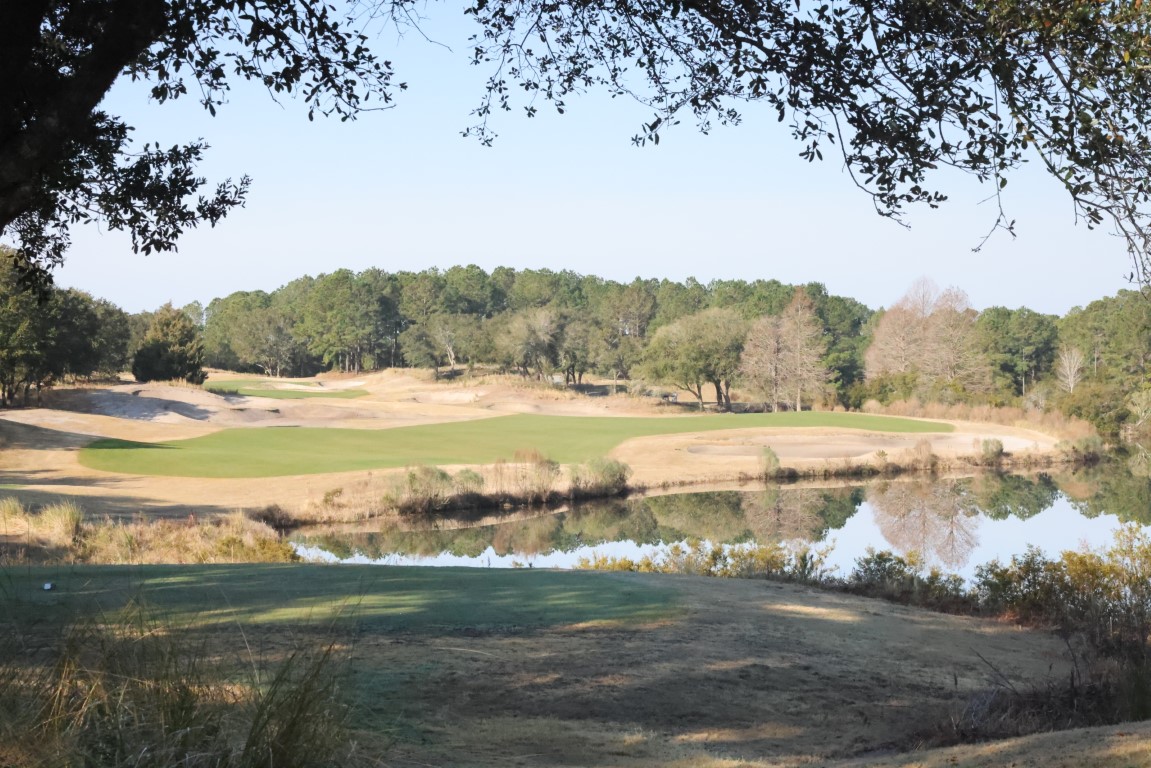
As I gain in experience and age, and familiarity breeds neither contempt nor disdain, I understand why people return to a place. A destination like Myrtle Beach offers a sizable supply and diversity of restaurants, entertainment venues, and shops that are predicated on the tenets of the service industry. Greet your customers with a smile and a kind word, and they will find comfort and assurance. Provide them with a memorable experience and they will suggest your place of business to others.
My first tour of Myrtle Beach took place in the mid-1980s, and consisted of one course: Gator Hole. I don’t remember much from that day, and since Gator Hole closed a decade later, I cannot revisit it to recollect what I’d lost. Since then, I’ve come to the Grand Strand a few times, and been fortunate to never place a course more than once. I’ve seen the Strantz courses to the south and dipped my toe in the North Carolina courses of Calabash. I’ve been to many in the middle, including Dunes, Pine Lakes, Grande Dunes among them.
2024 brought a quartet of new courses, including two at the Barefoot Resort. I’d heard about the North Myrtle Beach four-pack of courses that highlight the Barefoot property, including layouts from Pete Dye, Tom Fazio, Davis Love III, and Greg Norman. I had the opportunity to play and shoot the Dye and Fazio tracks, which means that I’ll have to return to see the other two. Sandwiched between them were the TPC-Myrtle Beach course, also from Tom Fazio, and the Pawley’s Plantation trace, by the hand of Jack Nicklaus. I anticipated a bit of the heroic, and bit of the strategic, and plenty of eye candy. None of those architects would ever be considered a minimalist, so there would be plenty of in-play and out-of-play bunkers and mounds to tantalize the senses.
My nephew arrived a few days early, to screen a few more courses. As a result, you the reader will have an extra quarter of mini-reviews, bringing the total of courses in this piece to eight. It was inconceivable that CJR would play four courses that I had never played nor photographed, but that was the case. His words appear at the end of this piece. We hope that you enjoy the tour.
Main Feature: Two Barefoots, a TPC, and Pawley’s Plantation
What Paul “Pete” Dye brought back from his trips to the United Kingdom, hearkened back to what C.B. MacDonal did, some 65 years prior. There is a way of finding bunkers and fairways, and even green sites, that does not require major industrial work. The Dye course at Barefoot Resorts takes you on a journey over the rumpled terrain of distant places. If there’s one element missing, it’s the creased and turbulent fairways, so often found in England and Ireland. The one tenet of playing a Dye course, is to always aim away from temptation, from where your eyes draw you. Find the safe side of the target, and you’ll probably find your ball. It then stands that you will have a shot for your next attempt. Cut the corner, and you might have need to reload. The Barefoot course begins gently, in terms of distance, but challenges with visual deception. After two brief 4s and a 3, the real work begins. The course is exposed enough, to allow the coastal winds to dance along the fairways. Be ready to keep the ball low and take an extra club or two.
If memory serves, TPCMB is my first trek around a TPC-branded course. It had all the trappings of a tour course, from the welcome, through the clubhouse, to the practice facilities and, of course, the course. TPC-Myrtle Beach is a Tom Fazio design, and if you never visit Augusta National, you’ll now have an idea of what it is like. You play Augusta’s 16th hole twice at TPCMB, and you enjoy it both times. Fazio really likes the pond-left, green-angle-around par three hole, and his two iterations of it are memorable.
You’ll also see those Augusta bunkers, the ones with the manicured edges that drop into a modestly-circular form. What distinguishes these sand pits is the manner in which they rise from the surrounding ground. They are unique in that they don’t resemble the geometric bunkering of a Seth Raynor, nor the organic pits found in origin courses. They are built, make no mistake, and recovery from them is manageable for all levels of bunker wizardry.
If you have the opportunity to play the two Tom Fazio courses back to back, you’ll notice a marked difference in styling. Let me digress for a moment, then circle back with an explanation. It was written that the NLE World Woods course designed by Fazio, Pine Barrens, was an homage to Pine Valley, the legendary, New Jersey club where Fazio is both a member and the architect on retainer. The Pine Barrens course was plowed under in 2022, so the homage no longer exists. At least, I didn’t think that it existed, until I played his Barefoot Resort course in North Myrtle Beach.
Pine Valley might be described as an aesthetic of scrub and sand. There are mighty, forced carries to travers, along with sempiternal, sandy lairs to avoid. Barefoot Fazio is quite similar. If you’re not faced with a forced carry, you’ll certainly contend with a fairway border or greenside necklace of sand. When you reach the 13th tee, you’ll face a drive into a fairway, and you might see a distant green, with a notable absence: flagstick. The 13th is the icing on the homage cake, a callout of the 8th hole at Pine Valley. Numero Ocho at the OG has two greens, side by side, and they change the manner in which the hole plays (so they say.) At Barefoot Fazio, the right-side green is a traditional approach, with an unimpeded run of fairway to putting surface. The left-side green (the one that I was fortunate to play) demands a pitch shot over a wasteland. It’s a fitting tribute for the rest of us to play.
Be certain to parrot the starter, Leon’s, advice, and play up a deck of tees. Barefoot Fazio offers five par-three holes, so the fours and fives play that much longer. Remember, too, that you are on vacation. Why not treat yourself to some birdie looks?
The Jack Nicklaus course at Pawley’s Plantation emerged from a period of hibernation in 2024. The greens were torn up and their original contours were restored. Work was overseen by Troy Vincent, a member of the Nicklaus Architecture team. In addition, the putting corridors were reseeded with a hardier, dwarf bermuda that has experienced great success, all along the Grand Strand that is Myrtle Beach.
My visit allowed me to see the inward half first, and I understand why the resort wishes to conclude your day on those holes. The front nine of Pawley’s Plantation works its way through familiar, low country trees and wetlands. The back nine begins in similar fashion, then makes its way east, toward the marsh that separates mainland from Pawley’s Island. Recalling the powerful sun of that Wednesday morning, any round beginning on the second nine would face collateral damage from the warming star. Much better to hit holes 11 to close when the sun is higher in the sky.
The marshland holes (12 through 17) are spectacular in their raw, unprotected nature. The winds off the Atlantic are unrelenting and unforgiving, and the twin, par-three holes will remain in your memory banks for time’s march. In typical Golden Bear fashion, a majority of his putting targets are smallish in nature, reflecting his appreciation for accurate approach shots. Be sure to find the forgiving side of each green, and err to that portion. You’ll be grateful.
Bonus Coverage: Myrtlewood, Beechwood, Arrowhead, and King’s North
Arrowhead (Raymond Floyd and Tom Jackson)
A course built in the middle of a community, water threatens on most every hole. The Cypress 9 provides a few holes forcing a carried drive then challenge you with water surrounding the green. On Waterway, a drivable 2nd hole will tempt most, so make sure the group ahead has cleared the green.
Myrtlewood (Edmund Alt and Arthur Hills) and Beechwood (Gene Hamm)
A middle of the winter New Englander’s paradise. Wide open fairways, zero blind shots and light rough allow for shaking off the rust and plenty of forgiveness. A plethora of dog legs cause one to be cautious with every tee shot. Won’t break the bank nor the scorecard.
King’s North @ Myrtle Beach National (Arnold Palmer)
- LIKE2
- LEGIT0
- WOW0
- LOL0
- IDHT0
- FLOP1
- OB0
- SHANK1
19th Hole
Vincenzi’s 2024 Players Championship betting preview: Pete Dye specialists ready to pass tough TPC Sawgrass test
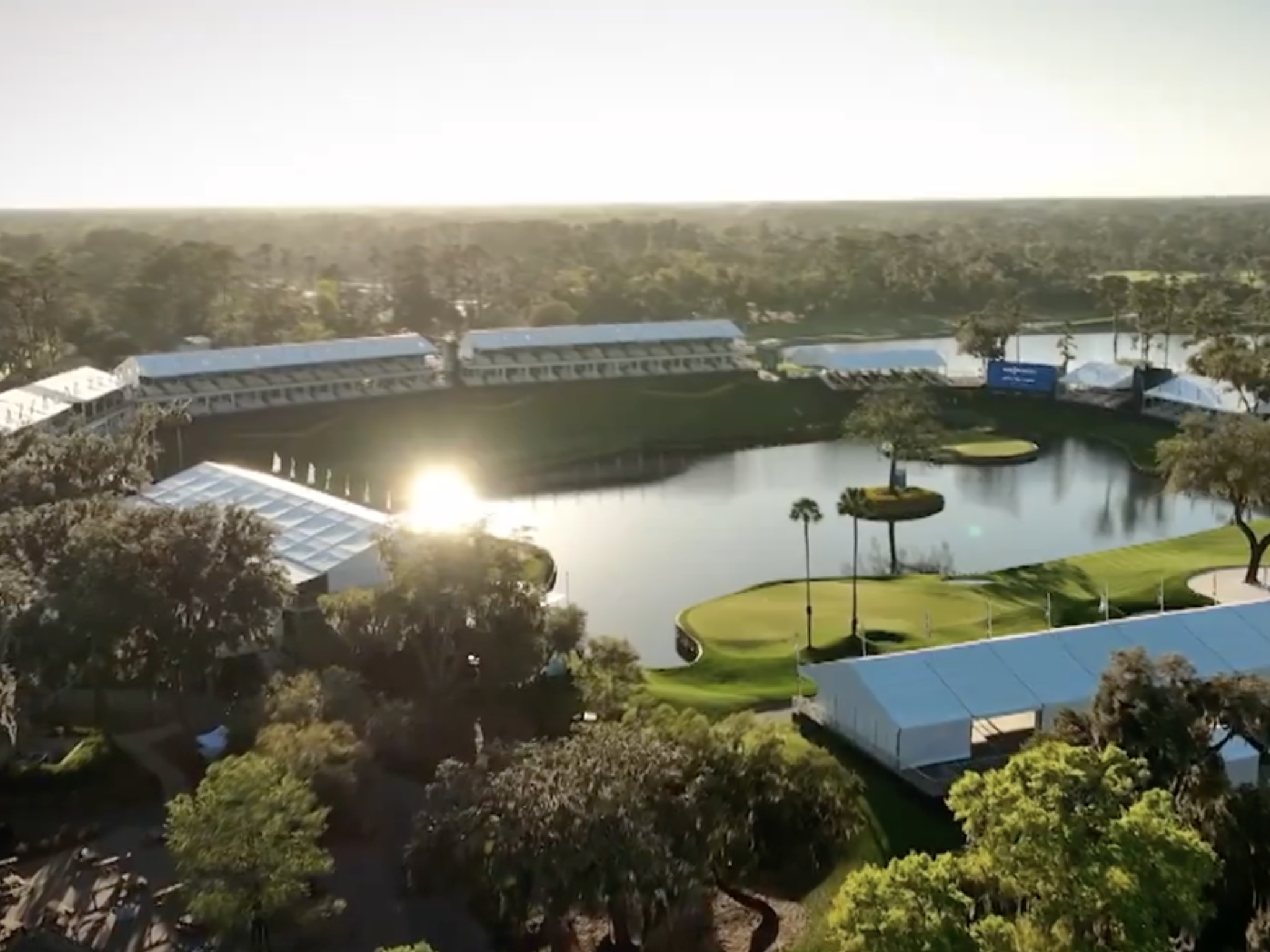
The PGA Tour heads to TPC Sawgrass to play in one of the most prestigious and important events of the season: THE PLAYERS Championship. Often referred to as the fifth major, the importance of a PLAYERS victory to the legacy of a golfer can’t be overlooked.
TPC Sawgrass is a par-72 measuring 7,245 yards and featuring Bermudagrass greens. Golfers must be patient in attacking this Pete Dye course.
With trouble lurking at every turn, the strokes can add up quickly. With a par-5 16th that is a true risk-reward hole and the famous par-3 17th island green, the only safe bet at TPC Sawgrass is a bet on an exciting finish.
THE PLAYERS Championship field is often referred to as the strongest field of the year — and with good reason. There are 144 in the field, including 43 of the world’s top 50 players in the OWGR. Tiger Woods will not be playing in the event.
THE PLAYERS is an exceptionally volatile event that has never seen a back-to-back winner.
Past Winners at TPC Sawgrass
- 2023: Scottie Scheffler (-17)
- 2022: Cameron Smith (-13)
- 2021: Justin Thomas (-14)
- 2019: Rory McIlroy (-16)
- 2018: Webb Simpson (-18)
- 2017: Si-Woo Kim (-10)
- 2016: Jason Day (-15)
- 2015: Rickie Fowler (-12)In this article and going forward, I’ll be using the Rabbit Hole by Betsperts Golf data engine to develop my custom model. If you want to build your own model or check out all of the detailed stats, you can sign up using promo code: MATTVIN for 25% off any subscription package (yearly is best value).
5 Key Stats for TPC Sawgrass
Let’s take a look at five metrics key for TPC Sawgrass to determine which golfers boast top marks in each category over their last 24 rounds.
1. Strokes Gained: Approach
Strokes Gained: Approach has historically been far and away the most important and predictive stat at THE PLAYERS Championship. With water everywhere, golfers can’t afford to be wild with their iron shots. Not only is it essential to avoid the water, but it will also be as important to go after pins and make birdies because scores can get relatively low.
Total SG: Approach Over Past 24 Rounds
- Tom Hoge (+1.37)
- Scottie Scheffler (+1.20)
- Tony Finau (+0.99)
- Jake Knapp (+0.83)
- Shane Lowry (+0.80)
2. Total Driving
This statistic is perfect for TPC Sawgrass. Historically, driving distance hasn’t been a major factor, but since the date switch to March, it’s a bit more significant. During this time of year, the ball won’t carry quite as far, and the runout is also shorter.
Driving accuracy is also crucial due to all of the trouble golfers can get into off of the tee. Therefore, players who are gaining on the field with Total Driving will put themselves in an ideal spot this week.
Total Driving Over Past 24 Rounds
- Rory McIlroy (22)
- Akshay Bhatia (25)
- Keith Mitchell (25)
- Adam Hadwin (34)
- Sam Burns (+39)
3. Strokes Gained: Total at Pete Dye Designs
TPC Sawgrass may be Pete Dye’s most famous design, and for good reason. The course features Dye’s typical shaved runoff areas and tricky green complexes. Pete Dye specialists love TPC Sawgrass and should have a major advantage this week.
SG: Total (Pete Dye) per round over past 36 rounds:
- Patrick Cantlay (+2.02)
- Scottie Scheffler (+1.90)
- Min Woo Lee (+1.77)
- Sungjae Im (+1.72)
- Brian Harman (+1.62)
4. Strokes Gained: Ball Striking
Prototypical ball-strikers have dominated TPC Sawgrass. With past winners like Sergio Garcia, Henrik Stenson, Webb Simpson, Rory McIlroy and Justin Thomas, it’s evident that golfers must be striking it pure to contend at THE PLAYERS.
SG: Ball Striking Over Past 24 Rounds
- Scottie Scheffler (+2.02)
- Tony Finau (+1.51)
- Tom Hoge (+1.48)
- Keith Mitchell (+1.38)
- Will Zalatoris (+1.18)
5. Par 5 Average
Par-5 average is extremely important at TPC Sawgrass. With all four of the Par-5s under 575 yards, and three of them under 540 yards, a good amount of the scoring needs to come from these holes collectively.
Par 5 Average Over Past 24 Rounds
- Scottie Schefler (+4.31)
- Erik Van Rooyen (+4.35)
- Doug Ghim (+4.34)
- Wyndham Clark (+4.34)
- Matt Fitzpatrick (+4.31)
6. Strokes Gained: Florida
We’ve used this statistic over the past few weeks, and I’d like to incorporate some players who do well in Florida into this week’s model as well.
Strokes Gained: Florida over past 30 rounds:
- Scottie Schefler (+2.43)
- Erik Van Rooyen (+1.78)
- Doug Ghim (+1.78)
- Wyndham Clark (+1.73)
- Matt Fitzpatrick (+1.69)
7. Strokes Gained: Total on Courses with High Water Danger
With water everywhere at TPC Sawgrass, the blow-up potential is high. It can’t hurt to factor in some players who’ve avoided the “eject” button most often in the past.
Strokes Gained: Total on Courses with High Water Danger over past 30 rounds:
- Scottie Schefler (+2.08)
- Rory McIlroy (+1.82)
- Tony Finau (+1.62)
- Patrick Cantlay (+1.51)
- Will Zalatoris (+1.49)
THE PLAYERS Championship Model Rankings
Below, I’ve compiled overall model rankings using a combination of the five key statistical categories previously discussed — SG: Approach (25%), Total Driving (20%), SG: Total Pete Dye (14%), SG: Ball-striking (15%) SG: Par 5 (8%), SG: Florida (10%) and SG: High Water (8%).
- Scottie Scheffler
- Shane Lowry
- Tony Finau
- Corey Conners
- Keith Mitchell
- Justin Thomas
- Will Zalatoris
- Xander Schauffele
- Cameron Young
- Doug Ghim
- Sam Burns
- Chris Kirk
- Collin Morikawa
- Si Woo Kim
- Wyndham Clark
2024 THE PLAYERS Championship Picks
(All odds at the time of writing)
Patrick Cantlay +2500 (DraftKings):
Patrick Cantlay is winless since the 2022 BMW Championship but is undoubtedly one of the most talented players on the PGA Tour. Since the win at Wilmington Country Club, the 31-year-old has twelve top-10 finishes on Tour and is starting to round into form for the 2024 season.
Cantlay has done well in the most recent “signature” events this season, finishing 4th at Riviera for the Genesis Invitational and 12th at Bay Hill for the Arnold Palmer Invitational. The former Tour Championship winner resides in Jupiter, Florida and has played some good golf in the state, including finishing in a tie for 4th at the 2023 Arnold Palmer Invitational. His history at TPC Sawgrass has been up and down, but his best career start at The PLAYERS came last year when he finished in a tie for 19th.
Cantlay absolutely loves Pete Dye designed courses and ranks 1st in the field in Strokes Gained: Total on Dye tracks in his past 36 rounds. In recent years, he’s been excellent at both the RBC Heritage and the Travelers Championship. TPC Sawgrass is a place where players will have to be dialed in with their irons and distance off the tee won’t be quite as important. In his past 24, rounds, Cantlay ranks in the field in Strokes Gained: Approach.
Despite being winless in recent years, I still believe Cantlay is capable of winning big tournaments. As one of the only United States players to bring their best game to Marco Simone for the Ryder Cup, I have conviction that the former top amateur in the world can deliver when stakes are high.
Will Zalatoris +3000 (FanDuel):
In order to win at TPC Sawgrass, players will need to be in total control of their golf ball. At the moment, Will Zalatoris is hitting it as well as almost anyone and finally has the putter cooperating with his new switch to the broomstick style.
Zalatoris is coming off back-to-back starts where he absolutely striped the ball. He finished 2nd at the Genesis Invitational and 4th at the Arnold Palmer Invitational where his statistics were eye opening. For the week at Bay Hill, Zal gained 5.0 strokes on approach and 5.44 strokes off the tee.
Throughout the early part of his career, Zalatoris has established himself by playing his best golf in the strongest fields with the most difficult conditions. A tough test will allow him to separate himself this week and breakthrough for a PLAYERS Championship victory.
Shane Lowry +4000 (DraftKings):
History has shown us that players need to be in good form to win the PLAYERS Championship and it’s hard to find anyone not named Scottie Scheffler who’s in better form that Shane Lowry at the moment. He finished T4 at the Cognizant Classic followed by a solo third place finish at the Arnold Palmer Invitational.
The fact that the Irishman contended at Bay Hill is a great sign considering he’s really struggled there throughout his career. He will now head to a different style of course in Florida where he’s had a good deal of success. He finished 8th at TPC Sawgrass in 2021 and 13th in 2022.
Lowry ranks 6th in the field in approach in his past 24 rounds, 7th in Strokes Gained: Total at Pete Dye designed courses in his last 30 rounds, 8th in par 5 scoring this season, and 4th in Strokes Gained: Total in Florida over his past 36 rounds.
Lowry is a player who’s capable of winning big events. He’s a major champion and won another premier event at Wentworth as well as a WGC at Firestone. He’s also a form player, when he wins it’s typically when he’s contended in recent starts. He’s been terrific thus far in Florida and he should get into contention once again this week.
Brian Harman +8000 (DraftKings):
(Note: Since writing this Harman’s odds have plummeted to 50-1. I would not advise betting the 50).
Brian Harman showed us last season that if the course isn’t extremely long, he has the accuracy both off the tee and with his irons to compete with anyone in the world. Last week at Bay Hill and was third in the field in Strokes Gained: Approach, gaining 5.54 strokes on the field in the category.
In addition to the strong iron play, Harman also gained strokes off the tee in three of four rounds. He’s also had success at Pete Dye tracks recently. He finished 2nd at last year’s Travelers Championship and 7th at the RBC Heritage.
It would be a magnificent feat for Harman to win both the Open Championship and PLAYERS in a short time frame, but the reality is the PGA Tour isn’t quite as strong as it once was. Harman is a player who shows up for the biggest events and his odds seem way too long for his recent track record.
Tony Finau +6500 (FanDuel):
A few weeks ago, at the Genesis Invitational, I bet Hideki Matsuyama because I believed it to be a “bet the number” play at 80-1. I feel similarly about Finau this week. While he’s not having the season many people expected of him, he is playing better than these odds would indicate.
This season, Tony has a tied for 6th place finish at Torrey Pines, a tied for 19th at Riviera and tied for 13th at the Mexico Open. He’s also hitting the ball extremely well. In the field in his past 24 rounds, he ranks 3rd in Strokes Gained: Approach, 3rd in Strokes Gained: Ball Striking, 6th in Par 5 average and 15th in Total Driving.
Finau’s problem has been with the putter, which has been undeniably horrific. However, this week he will see a putting surface similar to the POA at TPC Scottsdale and PGA West, which he’s had a great deal of success on. It’s worth taking a stab at this price to see if he can have a mediocre week with the flat stick.
Sungjae Im +9000 (FanDuel):
It’s been a lackluster eighteen months for Sungjae, who once appeared to be a certain star. While his ceiling is absolutely still there, it’s been a while since we’ve seen Im play the type of golf expected of a player with his talent.
Despite the obvious concerns, the South Korean showed glimpses of a return to form last week at the Arnold Palmer Invitational. He tied for 18th place and gained strokes off the tee, on approach, around the green and with the putter. When at his best, Im is a perfect course fit for TPC Sawgrass. He has remarkable precision off the tee, can get dialed in with his irons on shorter courses and can get up and down with the best players on Tour.
This number has gotten to the point where I feel comfortable taking a shot on it.
Billy Horschel +20000 (FanDuel):
Billy Horschel is a great fit on paper for TPC Sawgrass. He can get dialed in with his irons and his lack of distance off the tee won’t be a major detriment at the course. “Bermuda Billy” does his best work putting on Bermudagrass greens and he appears to be rounding into form just in time to compete at The PLAYERS.
In his most recent start, Billy finished in a tie for 9th at the Cognizant Classic and hit the ball extremely well. The former Florida Gator gained 3.32 strokes on approach and 2.04 strokes off the tee. If Horschel brings that type of ball striking to TPC Sawgrass, he has the type of putter who can win a golf tournament.
Horschel has been great on Pete Dye designed courses, with four of his seven career PGA Tour wins coming on Dye tracks.
In a season that has seen multiple long shots win big events, the 37-year-old is worth a stab considering his knack for playing in Florida and winning big events.
- LIKE30
- LEGIT10
- WOW4
- LOL2
- IDHT0
- FLOP3
- OB1
- SHANK6
-

 19th Hole3 weeks ago
19th Hole3 weeks agoTour pro calls Anthony Kim a ‘f*****g idiot’ following Instagram comeback post
-

 Whats in the Bag3 weeks ago
Whats in the Bag3 weeks agoAnthony Kim WITB 2024 (February)
-
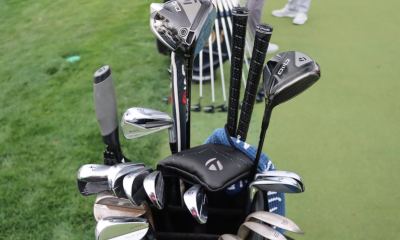
 Whats in the Bag2 weeks ago
Whats in the Bag2 weeks agoScottie Scheffler WITB 2024 (March)
-
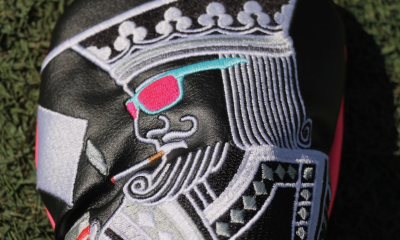
 Tour Photo Galleries2 weeks ago
Tour Photo Galleries2 weeks agoPhotos from the 2024 Arnold Palmer Invitational
-
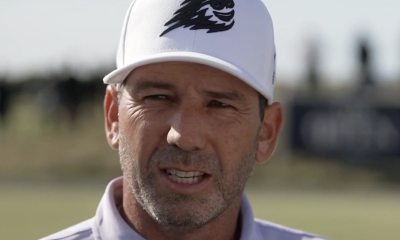
 19th Hole3 weeks ago
19th Hole3 weeks agoThe total sum that Sergio Garcia needs to pay in fines if he wants to return to DP World Tour revealed
-
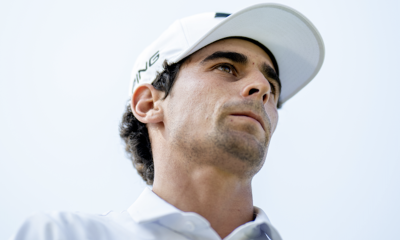
 19th Hole2 weeks ago
19th Hole2 weeks agoJoaquin Niemann names 3 PGA Tour events he’d love to play each year ‘in a perfect world’
-
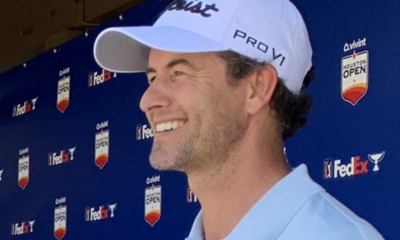
 19th Hole2 weeks ago
19th Hole2 weeks ago‘Seems suspect’ – PGA Tour pro hits out at decision to hand Adam Scott and Webb Simpson Bay Hill sponsor exemptions
-

 Equipment2 weeks ago
Equipment2 weeks agoSpotted: Bettinardi irons at the Arnold Palmer Invitational


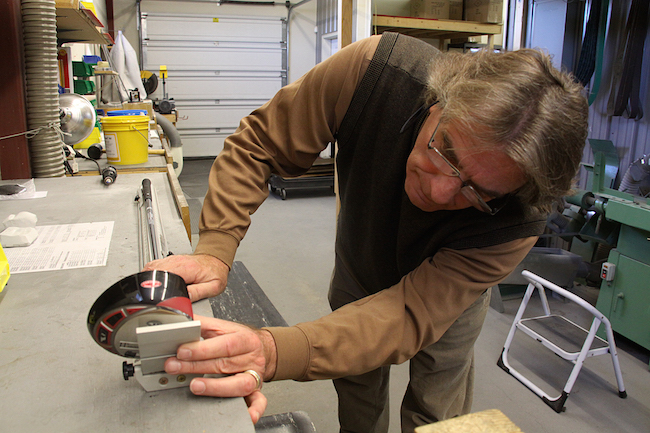



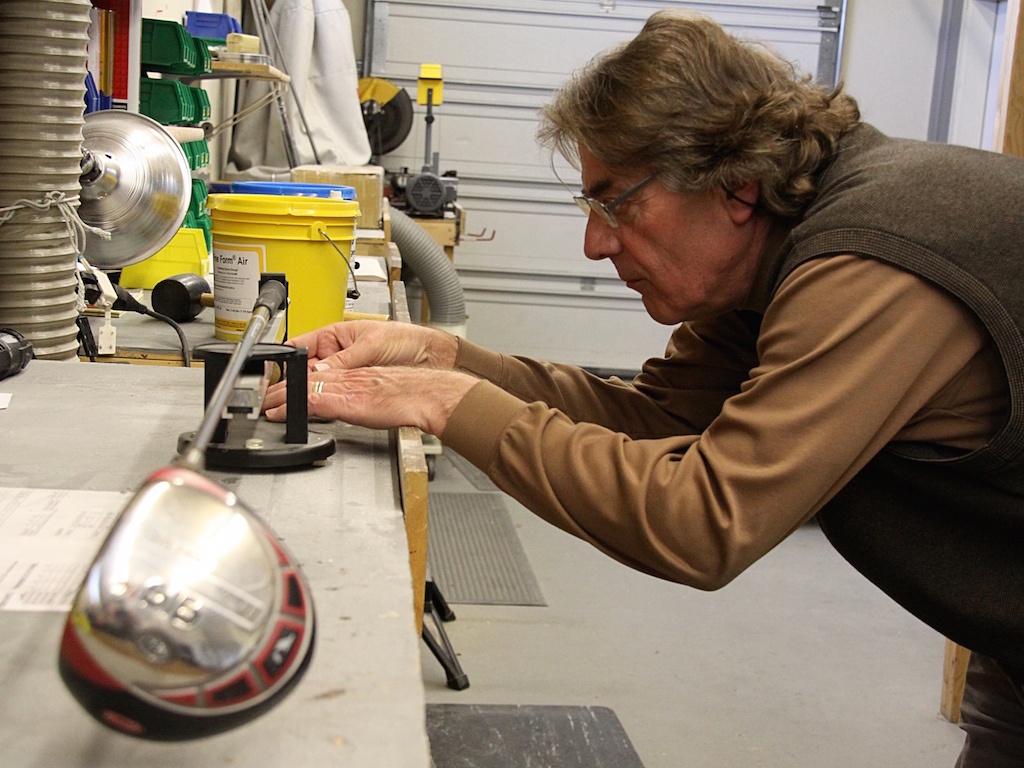


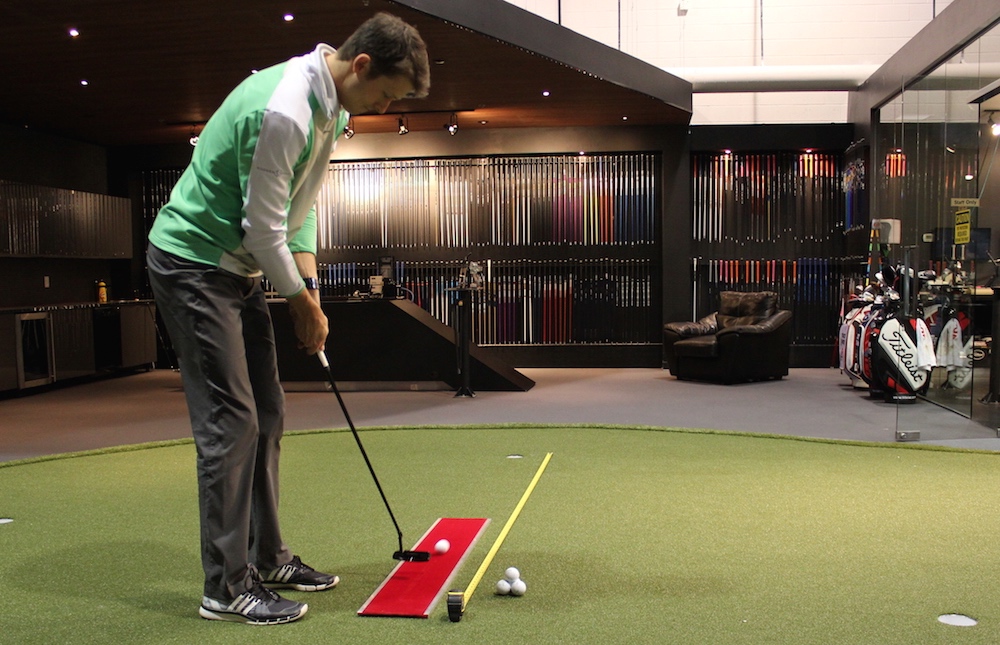
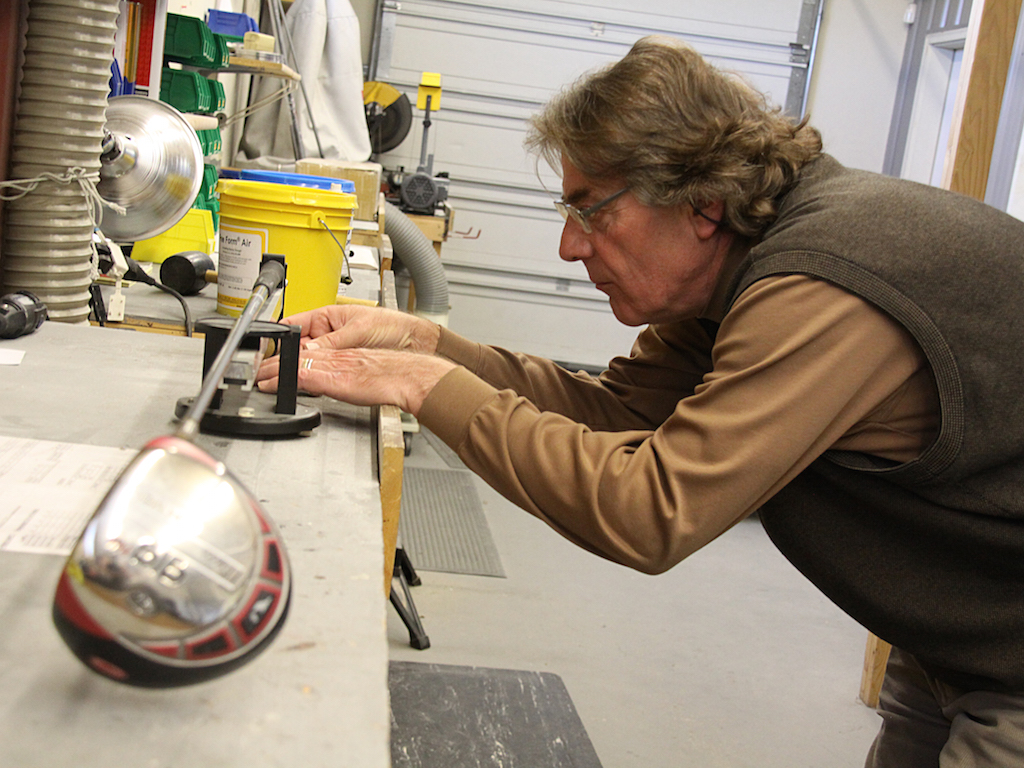
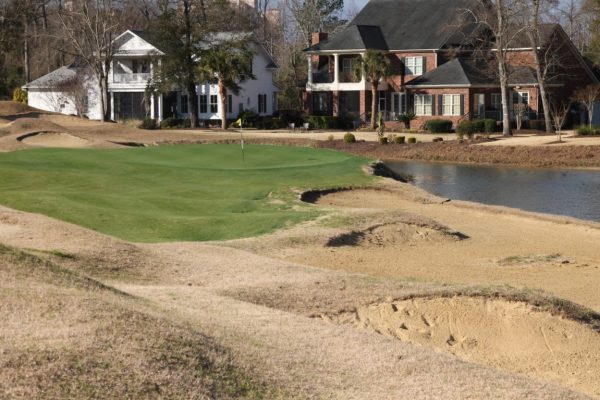
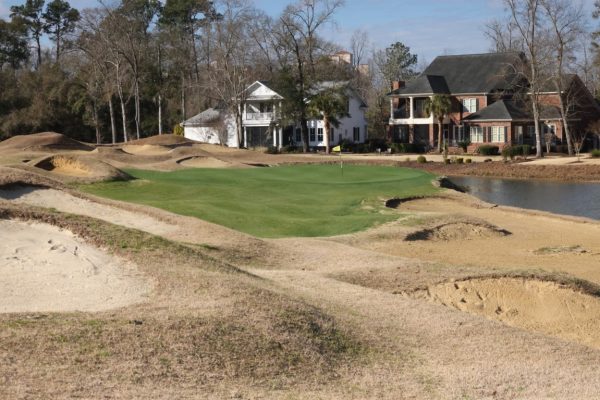
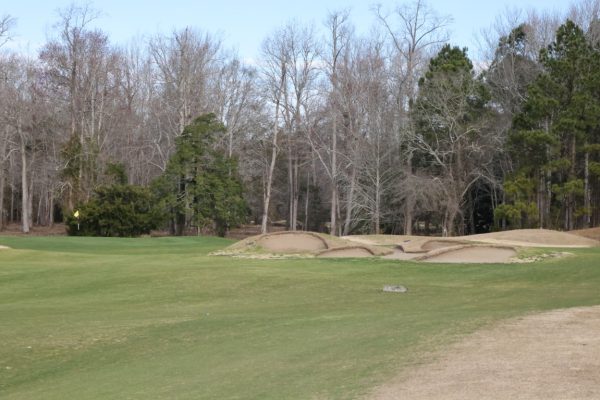
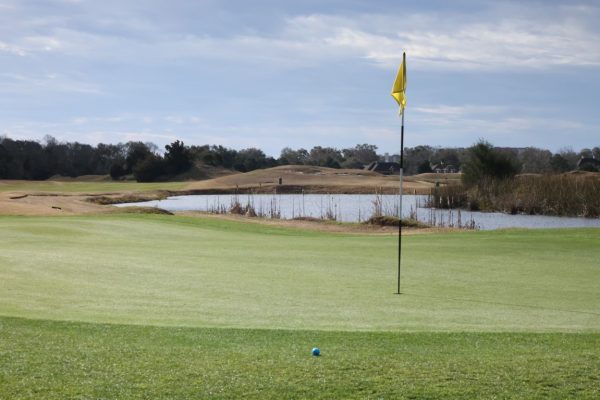

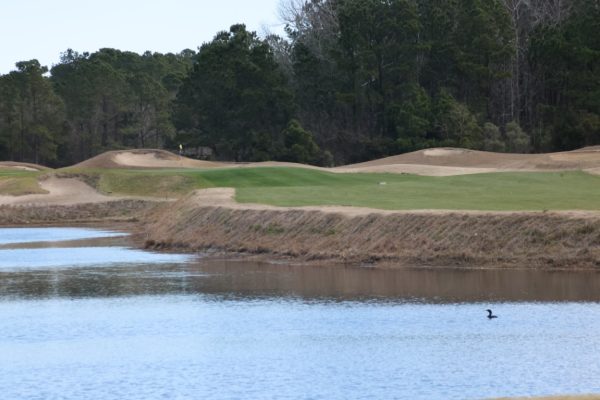
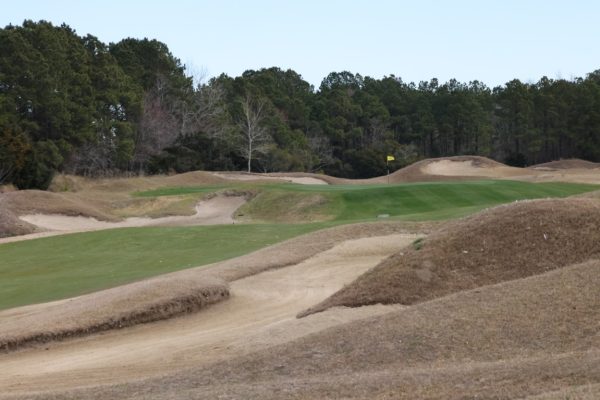
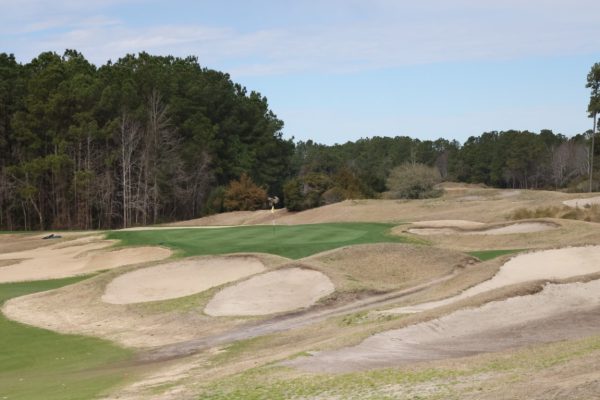
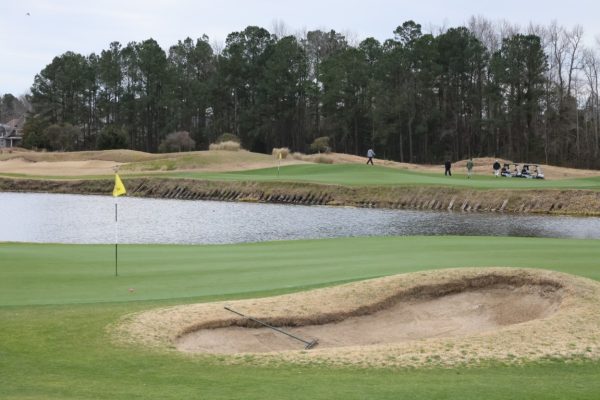

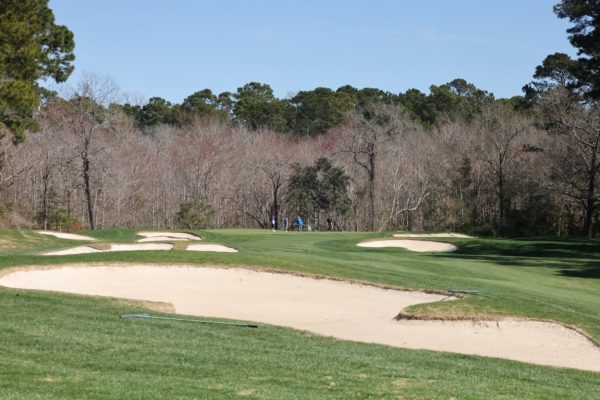
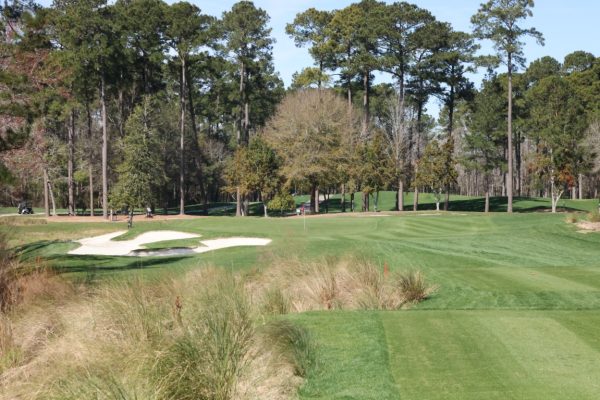
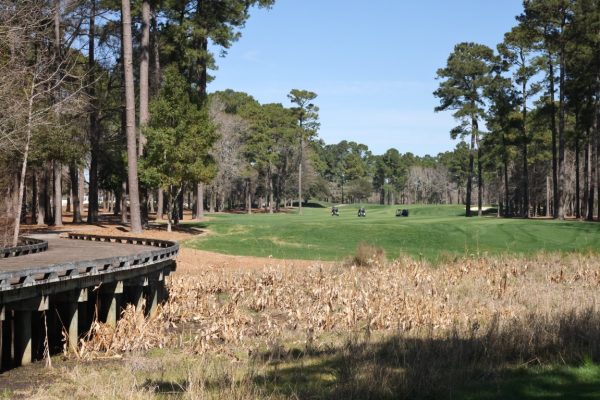

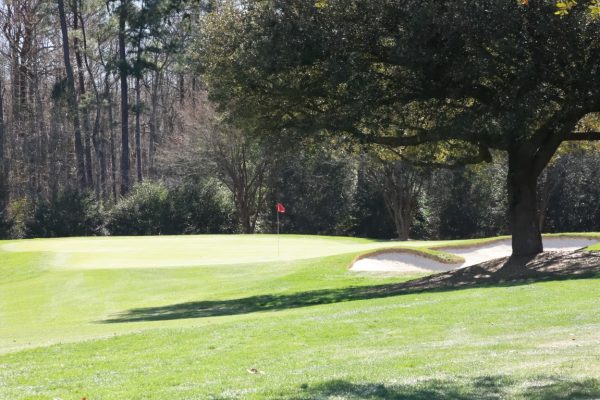
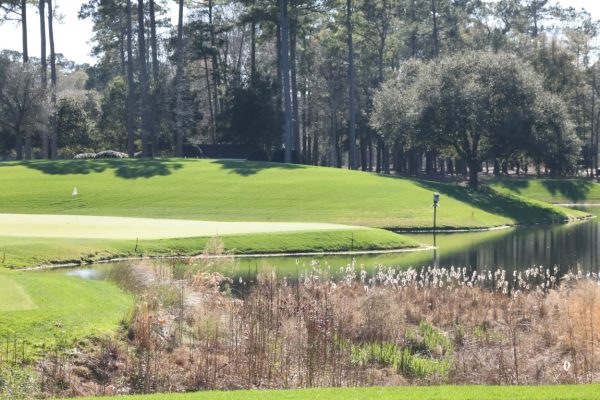
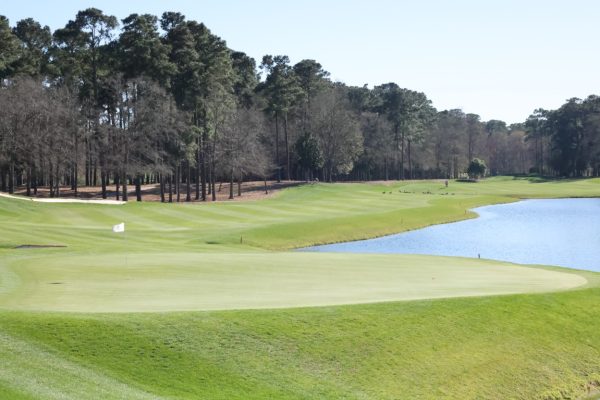
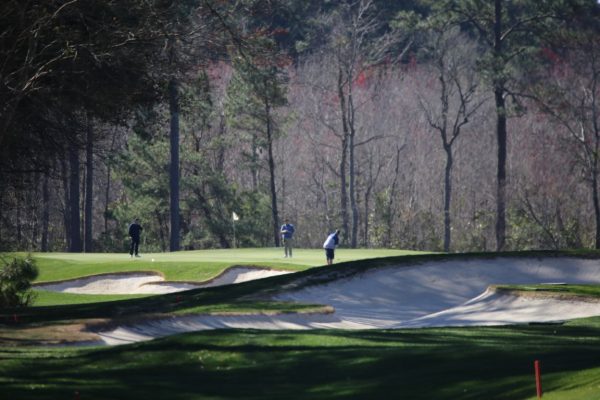
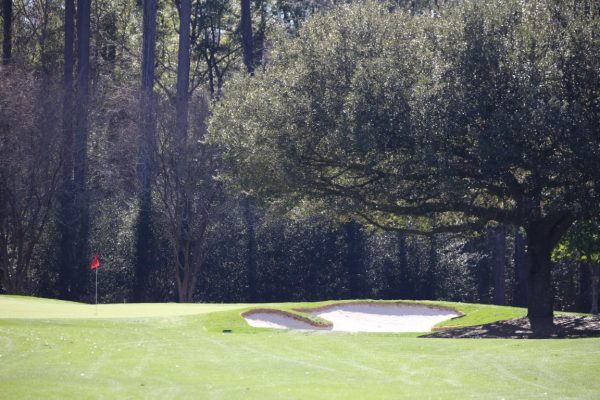

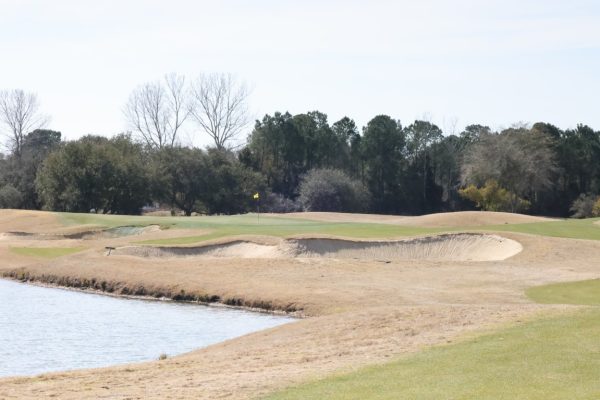
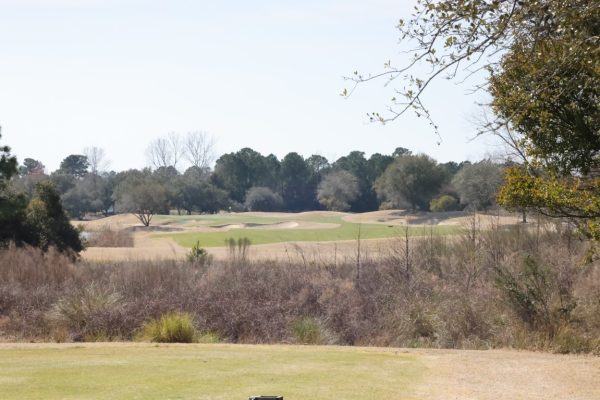
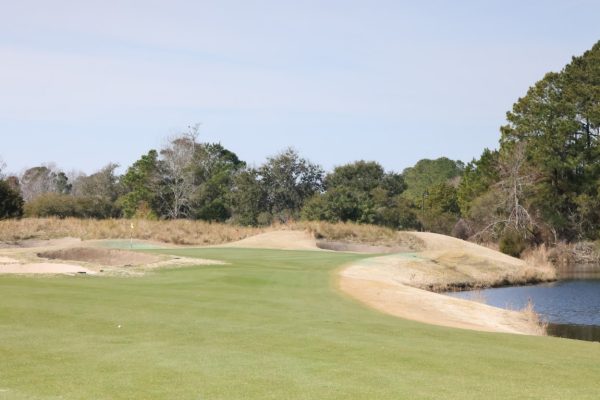
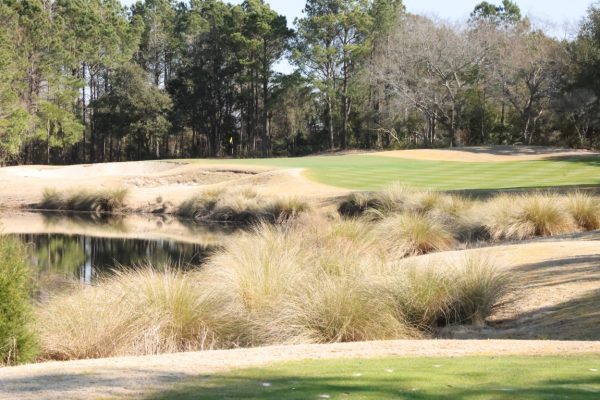
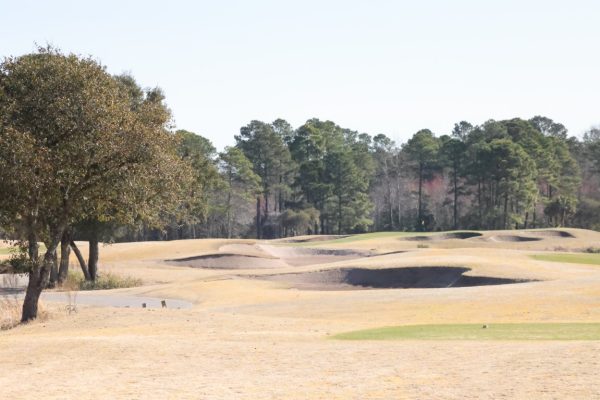



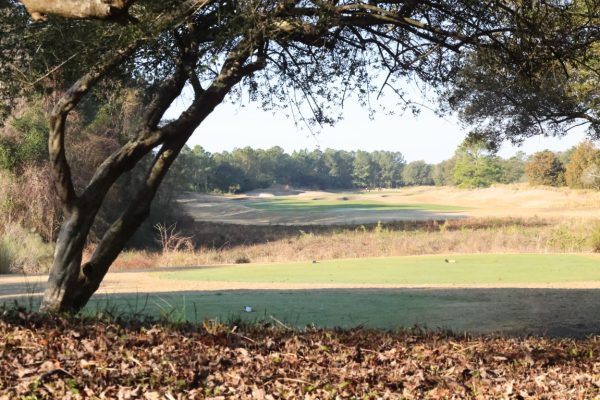
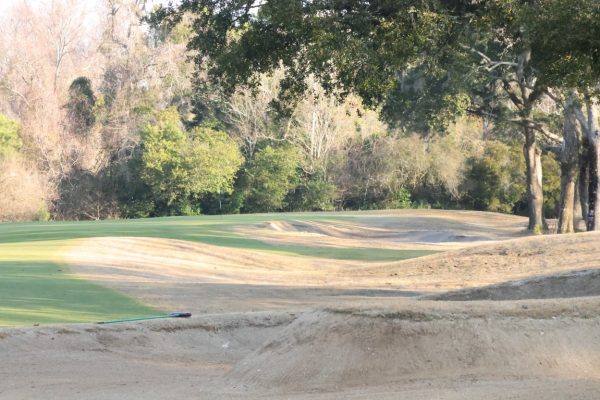
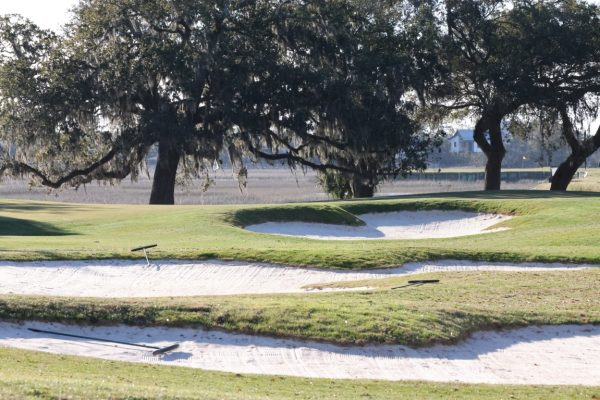
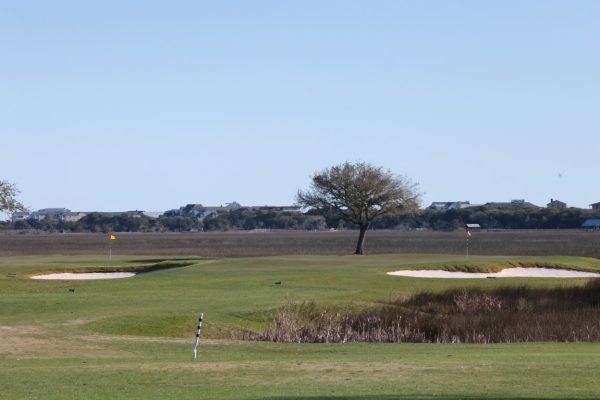
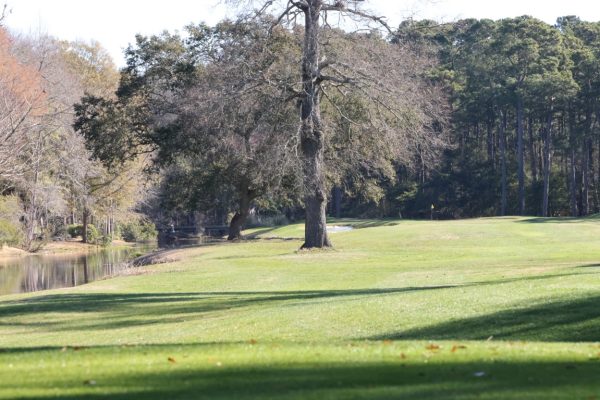

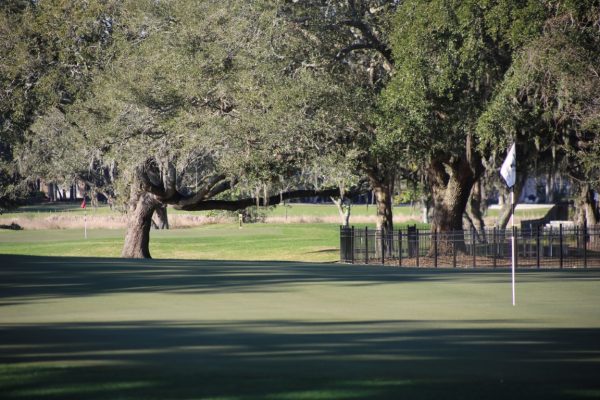
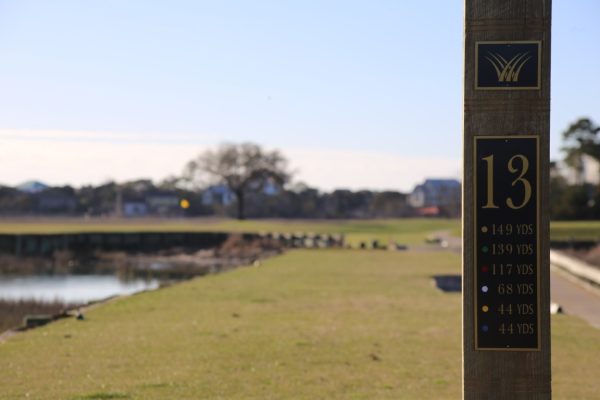
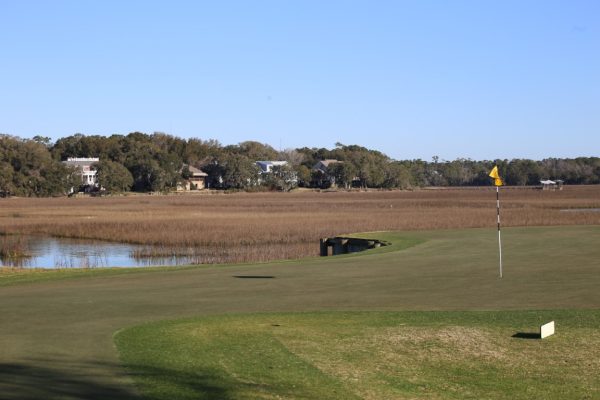
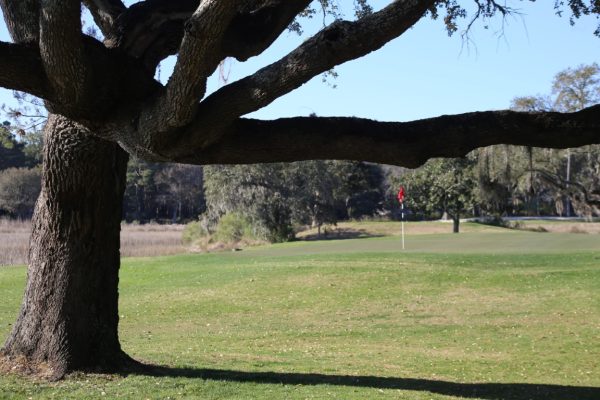
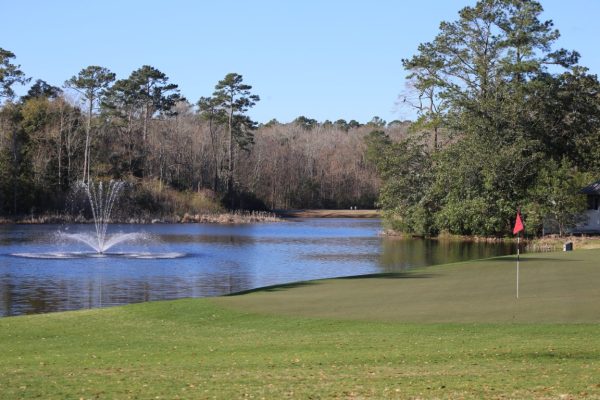
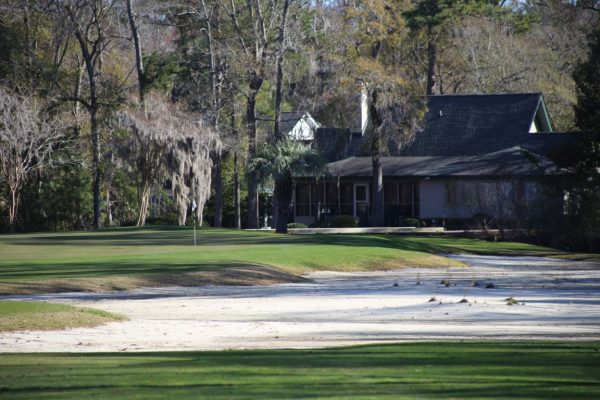










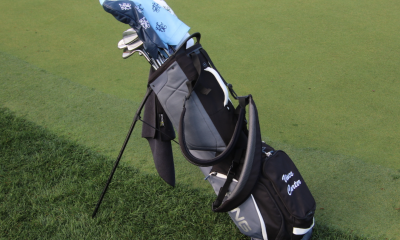

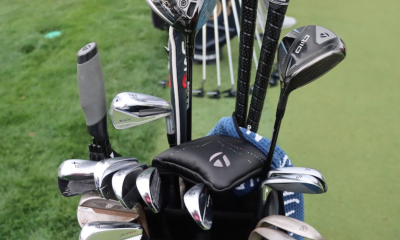

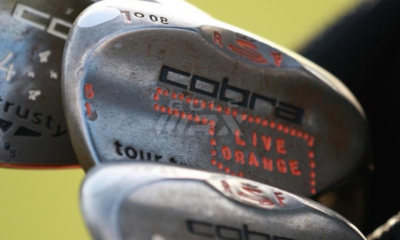

Pingback: Bending Lie Angle With Cleveland RTX Wedges: Optimizing Your Golf Game – Graphics Cards Advisor
Lee
May 20, 2016 at 4:46 am
TOM –
“We’re working on that in terms of a face label with gradation lines printed on the label in degree increments so you could put the label on the face, hit the ball with the vertical ink line, see the transfer of the line to the label and then know the lie change based on which degree line on the label is parallel to the ink line.”
Just wondering if these are available to the market yet? I could use some for testing the lie of my new Wishon 771 irons! Hit the course today with some fairly inconsistent results, and felt I was getting a number of toe/ground hits in spite of my custom fitting by a top professional club-fitter. We did the final fitting off of a black board, not the method you describe here.
gerry caradonna
Mar 28, 2016 at 1:10 am
Anyone know of a good club fitter in palm beach FL. to get my loft and lie angle checked i went to Dicks sporting goods seems like they just dont have the time or dont care just try to rush you
Phil
Jul 13, 2015 at 11:10 am
I have the utmost respect for Tom and true gratitude for sharing his sage knowledge here. As a golfer who recently purchased some club building / adjusting equipment out of frustration with big box golf store workmanship (hard to blame them with the prices they offer & volume they must process daily) I was pleased to read this article. Since day one of becoming a golfer it was clear to me that hitting off a lie board was not a quality fit and this has always stuck in the back of my mind. The board sits above the stance for one, the golfer is adjusting the swing to ‘pick the ball’, they can easily hit it slightly fat deflect head first and slide that angle into the ball etc. etc. Hitting off grass into a marked ball is such a simple solution – the only way to go.
That said…. and I know the focus is on strictly on fitting here… The vast majority of golfers often have too upright a swing to begin with and end up on their toes displaying less than great leg/foot work – again, I know this is an issue the fitter is not responsible for. Still, having either standard or purposely flat lies teaches / requires more engagement of the lower body and foot work for these golfers to achieve a desired ball flight. It wouldn’t be outside the club builders / fitters arena to recommend, fit, build a couple of ‘practice clubs’ designed for this intent. It also wouldn’t be wrong if the fitter, seeing egregious ott etc. issues, offers the golfer the option to shave a degree with the understanding that golfer is taking lessons. Just my 2 cents, maybe I’m missing some points, regardless I’m really glad to learn about this fitting technique – Thanks!
Pingback: A Visual Effect of Lie Angle • Green Lantern Golf
Dave
Feb 28, 2015 at 7:44 pm
Tom,
This posting just came in to me and I can say it is timely. I fit a player today in the Weathers Facility here at IU using the sharpie method. He came to me asking about the differences between the lie board and the sharpie method. I had previously fit a pair of Vokey wedges to 2*upright which is what his swing calls for. After the fitting of all the clubs we found that most of the special order clubs were -1.5* from his needed specs. Bending them upright put his swing plane and impact right on spec for him. I suspect that I could have used the lie board and gotten to the same place with this player, but the line on the face of the irons and the change from perpendicular to the score lines, was easy enough for him to see and be convinced of the need for a change.
Mat
Feb 2, 2015 at 5:39 pm
Just a sidenote – some manufacturers go 0.5º between irons, and others 0.75º. Thus, one brand to another can cause a degree difference at the longest and shortest irons…
Dave S
Jan 29, 2015 at 1:28 pm
Edit: I know i can get them adjusted for pretty cheap at a local Golfsmith ($5 per club), but that would require me to know exactly how to bend them. I guess what I’m really asking is whether there’s a cheap way to have my dynamic lie tested?
Tom Wishon
Jan 29, 2015 at 4:01 pm
In all honesty, to get this done right so you have no doubt, you need to find a good, experienced clubmaker in your area who can both do the dynamic lie fitting test to tell him exactly how much to bend each iron so it is right for your swing, and then to do the bends as determined. You can try to ask the person at GS if they also can put you through a dynamic lie fitting test, if they know how to do that and could do that for you. I don’t know if retail stores like this can do that or would do it.
To find a good clubmaker, I would advise you head to the websites of the AGCP (Association of Golf Clubfitting Professionals) and the ICG (International Clubmakers’ Guild) and use their search tools to see if there is a clubmaker in reasonable proximity to your location. Google them and you’ll find their sites and on their sites you can find their locator search tool. The bending is only half of the task – you need someone competent in conducting a proper dynamic lie fitting test which tells how much each of your irons needs to be bent to fit you.
Nick
Jan 29, 2015 at 10:57 pm
Dave – Golfsmith does an above average job of training its fitters and techs. While a certified club builder is preferable, they should be able to do a good job for you.
I recommend printing out the specs of your irons and measuring the lie angle of the clubs you’re testing to get the best results. You need to establish a base line because clubs are not always built exactly to spec and/or lie angles can change a bit over time with use.
Dave S
Jan 29, 2015 at 11:30 am
Is there a way to get the lie adjusted on my irons for relatively cheap?
Erich
Jan 29, 2015 at 8:54 am
I swing a few degrees left so I need some toe down or I will pull the ball to the left. Your lie needs to start the ball on your target line, it doesn’t have to be perfect by robot standards. In the wedges if they are fit for my full swing then I will definitely pull my wedges since I play 2* upright. I must play flatter wedges so I don’t pull pitches and dig the heel in on short shots since my hands aren’t as high at impact. His information is great but nothing new.
Ryan
Jan 28, 2015 at 9:55 pm
Hi Tom,
I was just wondering why the lie angle should be the last thing checked in a fitting. I was taught that checking for lie angle was one of the first things that you do and I’ve done all my fittings that way. I have always used the dry erase marker method and I double check the angle at the end of each fitting. I made the assumption that once you found a lie angle that worked, you had a pretty good idea what lie angle to try on all the clubs.I was just hoping you could shed some light as to why you do it last. Thanks!
Tom Wishon
Jan 29, 2015 at 10:37 am
RYAN
We recommend doing the lie test and final lie adjustment after everything else is determined in the fitting because that way it takes everything into account that could affect the dynamic lie results in the lie fitting. Shaft droop – if you are being lie tested with the right fit club for you, it then takes the flex/bend profile, headweight effect on shaft bending, length effect on shaft bending all into account to reveal what your best lie will be for YOUR custom fit clubs. If you test with a club that has a different shaft flex/bend profile, length, headweight then the results you see could be different than the results you would see with the golfer’s final fit clubs. Do understand we are talking smaller details here but doing it this way just to be 100% sure the dynamic lie is as accurate as it can be for the golfer with his final fit in the clubs. Usually if you do your dynamic lie test with an iron that is of the same length and close enough in shaft and swingweight, that will typically be good enough.
Jeff
Jan 28, 2015 at 5:42 pm
So bored with this guy.
Golfrnut
Jan 28, 2015 at 6:24 pm
Guys around here are probably much more tired of the trolling comments from people like yourself than getting useful information from people like Tom. When you have something to bring to the table, then speak, otherwise you can just climb back down in the hole that you came from.
JC
Jan 28, 2015 at 6:28 pm
I know right. Darn him for taking time out of his day to write articles that could help people play better golf! SMH
Mark
Jan 28, 2015 at 4:45 pm
Is there a “rule of thumb” regarding how far the lie angle needs to be adjusted based on how far from vertical the line on the club face diverges? Is it a 1:1 relationship? (1 degree off from vertical means that you will have to adjust the club 1 degree).
Tom Wishon
Jan 29, 2015 at 10:45 am
MARK:
We’re working on that in terms of a face label with gradation lines printed on the label in degree increments so you could put the label on the face, hit the ball with the vertical ink line, see the transfer of the line to the label and then know the lie change based on which degree line on the label is parallel to the ink line. It’s simple geometry and really, one could do this with a protractor on the face to get pretty close because it is a 1:1 relationship in degrees off vertical on the face. But the labels will make it easier to do (as long as you get the label on the face correctly !!! – HA, there’s always a kicker, right?!!)
Be aware that by no means is this ink line method ours or anyone’s current discovery. It was first brought out by a very nice man and pioneer in repair and clubmaking by the name of Bud Blankenship for his former company in the 80s/90s called GolfTek in Idaho. Bud passed away unfortunately some years ago and never got the credit he deserved for some of the innovative things he contributed to the earlier days of clubfitting. He was a good friend of many in the industry from back then and it is right to give credit where credit is due on this.
Albatross85
Jan 28, 2015 at 3:47 pm
Dry erase marker works best and leaves nothing permanent
Nick
Jan 28, 2015 at 1:53 pm
I have been using the sharpie method in my fittings for several years. My only caution is that you must be extra careful to get the line on the ball as close to vertical as possible – otherwise your results will be inaccurate of inconsistent.
Lie angle does play a role in where we strike the ball on the face. As a general rule for irons, flattening the lie will move impact to the toe and bending the club more upright will move impact to the heel. In my experience, however, golfers have more success when the lie angle is adjusted to optimize turf interaction and other specs (shaft length, swing weight, stiffness, etc.) are adjusted to promote center face contact.
50jay
Jan 28, 2015 at 12:37 pm
Great Article!
I have a question for Tom:
My last lie fitting was done on a lie board and the result was 2*UP. I had them bent back then. Even though the lies are still 2*UP, my natural tendency would be to hit them on the toe side of the blade. When I had them checked again with a lie board it indicated me that I needed even more upright clubs.
Could it be that the lie board is giving me the wrong answer and that my lies are in fact too upright for me considering my clubs are at the proper length? I just want to understand the logic behind all of this.
Thank you Tom, your input is greatly appreciated on this site!
(I will perform the ink test as soon as possible.)
Kelly
Jan 28, 2015 at 7:55 pm
This is similar to my fittings. One of my swing flaws is that I will come in with high hands. In addition to high hands I have a swing speed on the higher side. Using a lie board I’be been fit or maroon dot Pings before. I’ve also been fit for a very tip stiff shaft with very upright clubs before. Truthfully I was never comfortable with these clubs from a looks and shaft flex standpoint. I decided that I would rather feel better about the other factors than be to concerned about what the lie board showed. I do plan on trying the ink line as a test.
Thanks to Tom for another informative article.
Tom Wishon
Jan 29, 2015 at 4:05 pm
50jay
What you report is precisely why the astute fitters are switching away from lie boards to use the ink line method. Somewhere on YOU TUBE is a slo mo video that captures exactly the weird anomaly that can cause a lie board test to result in an errant toe side impact on the sole. Fascinating video. It shows that right when the face hits the ball before the sole touches the board/ground, the reaction of the head right at impact is to cause the toe to tilt down more, which is what puts the toe end of the sole on the board. So my bet is that’s what’s happening with your more upright readings. You will know for sure if you do the ink line test.
Mike
Jan 28, 2015 at 12:24 pm
Great stuff Tom! Is there any correlation between heel/toe contact and lie angle? Thanks!
Tom Wishon
Jan 29, 2015 at 10:56 am
MIKE
Not 100% sure what you are asking for sure but it is true that if sole contact is on the heel or toe side, then for sure this is a basic indicator that whatever the lies of your irons are now is not what they need to be to allow the sole to travel level to the ground through impact. The old way of dynamic lie fitting involving the lie board would always teach that for each 1/4″ that the center of the sole impact mark with the lie board was off from the very center of the sole, that represented a 1* change. So for example if the average/consistent center of the sole rub mark was 1/1″ on the heel side of face center, that indicated a 2* flatter lie bend to the iron and vice versa for upright if the center of the sole rub mark was 1/2″ toward the toe side of sole center. Hope this hit what you were asking about.
Bb
Jan 28, 2015 at 11:52 am
Great article . Bad clubs , over priced
Clubs have no meat to them
Ted
Jan 28, 2015 at 11:43 am
I’ve did this type of lie angle testing after reading about Tom’s method. It works, its easy, and can be done for the price of a Sharpie.
Max
Jan 28, 2015 at 11:37 am
Tom posted this info in one of the forums a few years ago and I tried it and found my irons were too upright. So easy to test and I no longer hook my short irons now that the lies have been adjusted accordingly. Definitely try this if you hook your short irons or hit them left a lot.
Awedge333
Jan 28, 2015 at 5:54 pm
OK, my long clubs trend right – shout clubs trend left. 7-8 irons go straight…..
What does this mean???
Awedge333
Jan 28, 2015 at 5:56 pm
Sorry, short not shout….. that only comes after impact!
Tom Wishon
Jan 29, 2015 at 10:52 am
AWedge
This could be a situation in which you come into impact in a little different posture/spine angle/hands position with each of the different segments of your iron set. That’s pretty common because the lengths and total weights of our irons are all different from each other so with some golfers it very much can affect their position at impact which then affects the lie position of the clubhead through impact. How to resolve this is to do the dynamic lie test with each and every one of the clubs, and not to do it as most do which is to dyn lie test one iron only and then extrapolate all the other lies in 1* increments from that one test iron.
Clubfitters who do an every club lie test almost always find that when it is all done and they look at the actual final lie measurements for every iron, the lies won’t go in a nice 1* increment from club to club. Yes, this takes a lot longer to do. But in a case such as what you describe in your irons, it becomes the best way to try to resolve what you are seeing.
If after doing this you still find right/left results with different segments of the set then the place to investigate will be, 1) are the lengths absolutely right for you, your height/wrist to floor, your tempo/transition, ability, 2) are the swingweights and total weights of the irons right for you and your tempo/transition, sense of feel for your timing and rhythm in the swing.